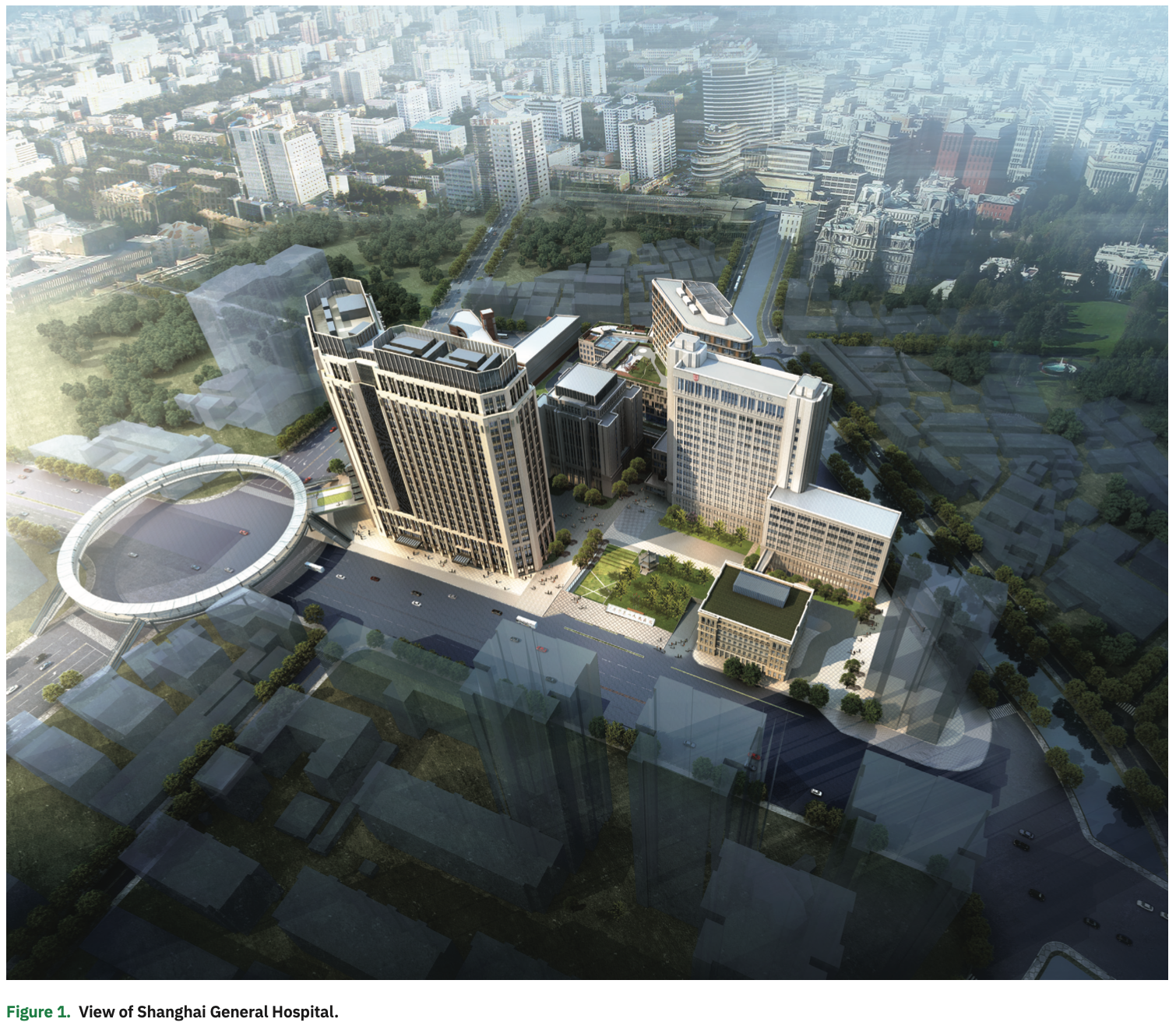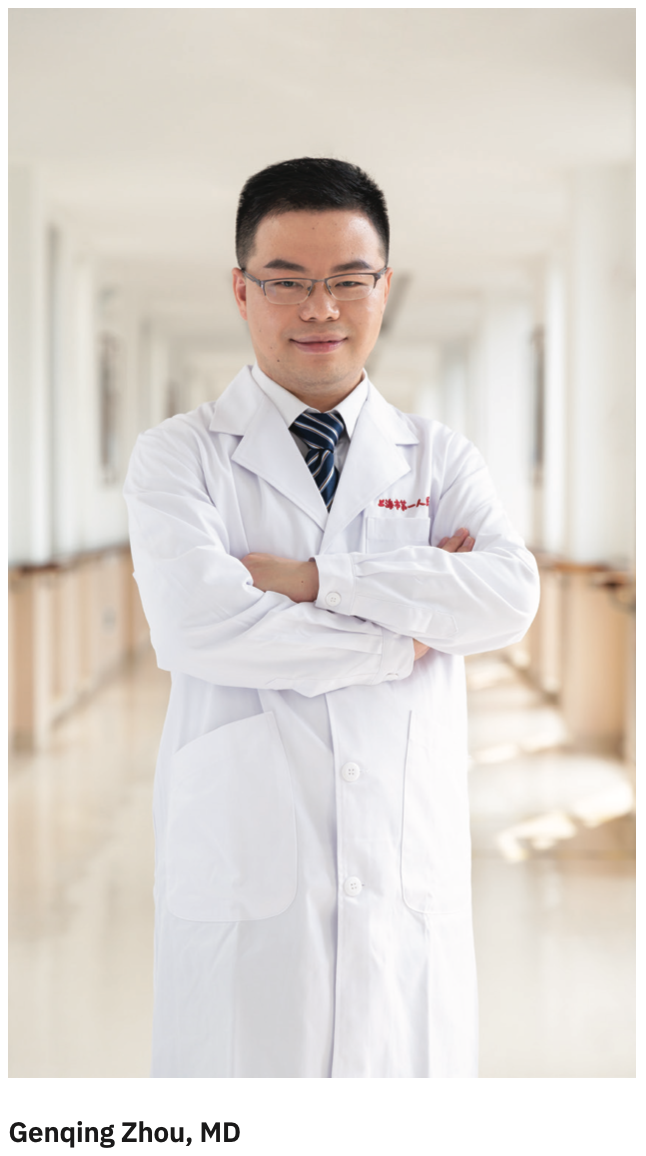COVID-19 Perspectives: Update From Shanghai General Hospital
In EP Lab Digest’s January 2020 issue, we featured the EP program at Shanghai General Hospital in Shanghai, China. In this interview, Genqing Zhou, MD, shares an update about their program’s experience during the pandemic. This interview took place in October 2020.
When did COVID-19 cases first appear in your region? Describe what was taking place in your area at the start of the COVID-19 pandemic.
The first COVID-19 patient in Shanghai was confirmed on January 20th. Since the early stage of the pandemic, the Chinese government has attached great importance to the pandemic. There has been a significant drop in traveling and social activities. People must wear respirators or masks outdoors. Temperature checks have been required when entering and exiting public areas. People have started to work from home. Elementary and middle school students have started to take classes online. The functions of medical institutions have been transformed in order to comprehensively respond to the pandemic and dispatch medical teams to support key epidemic areas, such as Wuhan.
What was the incidence of confirmed COVID-19 cases, hospitalizations, and deaths in your region during the initial peak?
During the peak, the incidence of confirmed COVID-19 cases, hospitalizations, and deaths in Shanghai were .0039%, .0039%, and .000028%.
What were some of the critical challenges faced during that time? Was your EP lab closed temporarily? Did you experience PPE shortages? Did staff members become ill?
The main challenge was the shortage and management of disposable medical supplies. Elective surgery was terminated for a short time, but emergency surgeries were retained, such as emergency PCI, pacemaker implantation, and radiofrequency ablation of ventricular tachycardia. Since the employees have strengthened their own protection awareness, the pandemic has been relatively stable in Shanghai, and there has been no significant employee infection.
What policies are in place now for pre-procedural COVID-19 testing for patients and staff?
All admitted patients are required to complete a routine blood test, nucleic acid testing of COVID-19, and a lung CT scan, and hospitalization for surgery is permitted only after they are confirmed with no evidence related to COVID-19 infection. During the period of hospitalization, only 1 relative or friend is allowed to accompany or visit. As for the employees, all of them have completed COVID-19 nucleic acid testing.
What are some of the ongoing challenges that your program is facing during this time?
At present, pre-hospital inspections have reduced the efficiency of the entire medical treatment process. Some patients have given up further interventional treatment because of pre-hospital inspections including routine blood testing, nucleic acid testing of COVID-19, and lung CT. Moreover, the number of patients from other cities has significantly reduced, so the total number of procedures has not reached the same level as last year.
When did EP procedures resume for non–COVID-19 arrhythmia patients? How are you managing procedure prioritization?
Clinical work has gradually resumed from April 2020, and non–COVID-19 arrhythmia patients have been hospitalized for treatment as usual. The order of procedures is mainly based on the situation of the patient’s disease, since the factor of COVID-19 is no longer a consideration.
What changes have been made in workflow, scheduling, staffing, and cleaning as a result of the pandemic?
Every day, employees are required to report whether there are symptoms of respiratory system infection, such as fever and cough. They are required to check their temperature when entering the diagnosis and treatment area. They must wear respirators during hospital work. The hospital does not recommend employees leaving Shanghai for work and communication, and it is not permitted to leave China. Employees are required to report when they leave Shanghai. They are required to be quarantined if they return to Shanghai from an epidemic area, and they are required to complete nucleic acid testing if they return from a non-epidemic area. Regarding academic meetings, some hospitals are holding meetings online or a mixture of online-offline meetings. Regarding cleaning procedures within the EP laboratory, more emphasis has been put on routine cleaning and disinfectants used for cleaning.
Are your patients fearful about returning to a health care setting amid the pandemic?
When the epidemic situation was still unclear, such as the infectivity of COVID-19, risk to susceptible groups, and the risk of death, the non-emergency patients had a certain degree of alertness and were reluctant to come to hospitals, because all of the hospitals have fever clinics. Nowadays, the epidemic control of Shanghai is satisfactory. People have adapted to the new requirements and can fully cooperate with the relevant procedures.
Describe the impact that the pandemic has had on your EP program. What are some of the ways that your EP program has successfully adapted through this crisis? What are some of the lessons learned?
The outbreak of the epidemic reduced the number of EP patients in the first half of 2020, and the total number of procedures only reached 60% of the first half of 2019. In addition, the fellows for the EP program have been affected, as they could not come to the hospital to study during February and March. The fellows are also required to perform nucleic acid testing to eliminate the possibility of infection when they come to the hospital. Due to the reduction of procedures and actual learning time, the overall learning progress has slowed significantly.
Furthermore, our catheterization center has a dedicated catheterization room reserved for backup. If a patient with fever or infection that cannot be completely ruled out is encountered and emergency intervention is required, the unconfirmed patient will be treated as a confirmed case of COVID-19. During such cases, the medical staff will wear isolation gowns and follow all relevant procedures.
Academic conferences have also been significantly reduced. Online conferences have replaced most offline conferences. With fewer offline meetings, colleagues have fewer opportunities to travel on weekends, but at the same time they have more time for self-learning, summarizing, and spending time with their families. n
See their Spotlight article at https://bit.ly/3lPaW1A.













